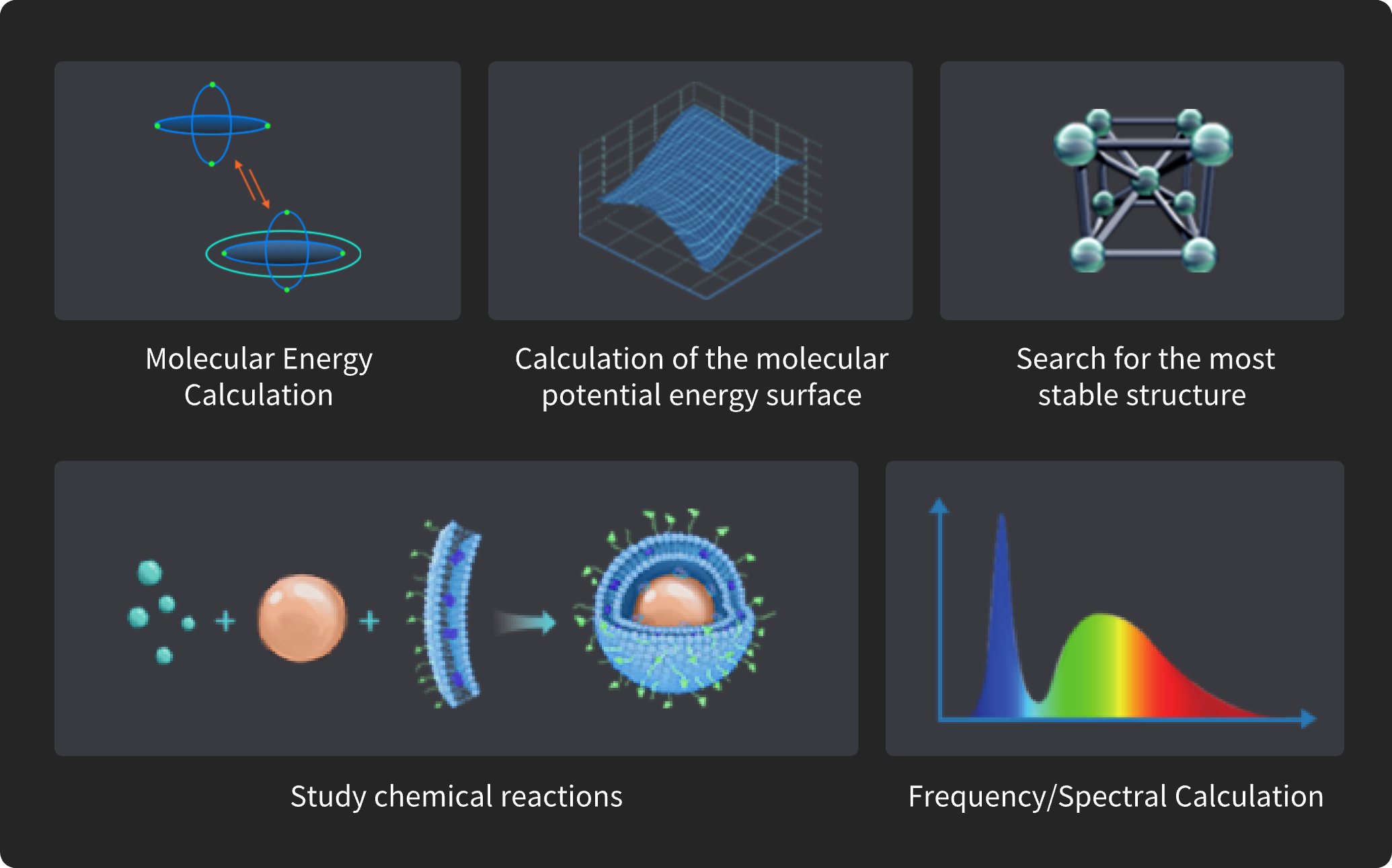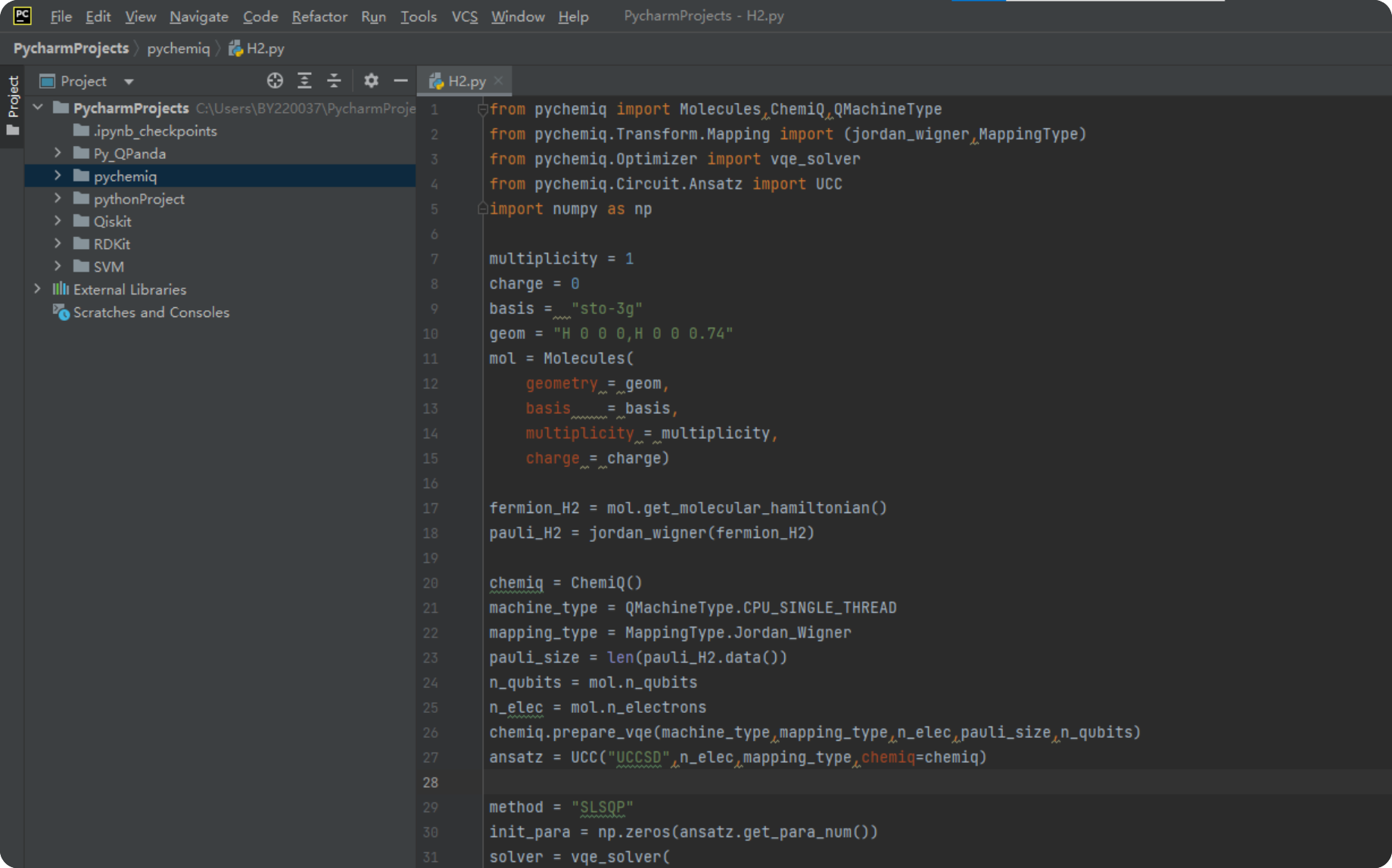Industry Background
Breakthroughs in Wave Function Simulations via Quantum Computing
Quantum computers leverage their parallel processing capabilities to reduce the computational complexity of electron correlation effects from exponential to polynomial scale. This advancement enables the precise solution of many-body Schrödinger equations without relying on approximate assumptions.
Maturation of Hybrid Quantum-Classical Computing with Multi-Layer Solutions
Hybrid quantum-classical approaches have matured through synergistic interaction between classical optimizers and quantum circuits. These methods reduce qubit requirements, intelligently allocate quantum and classical computational resources, and enhance hardware performance—collectively driving the development of multi-tiered computational chemistry solutions.
Systematic Limitations of Current Methods in Molecular Simulations
Computational methods for strong electron correlation face exponential growth in complexity as the number of electrons increases. This restricts their application in large-scale molecular systems, particularly in areas such as catalyst development and drug molecule optimization within pharmaceutical chemistry.

Industry Pain Points
The Trade-Off Between Computational Efficiency and Precision
Conventional computational methods (e.g., quantum chemistry simulations, molecular dynamics) suffer from prolonged processing times and limited accuracy when modeling complex systems. Although GPU acceleration offers some improvements, further optimizations in algorithm design and hardware integration are still urgently needed.
Inadequate Computational Resources for Expanding Demands
As research scales up to larger systems—such as biomacromolecules and novel material structures—traditional computing resources are increasingly unable to keep pace with exponentially growing demands. The emergence of the "Intelligent Computing" era calls for massively scalable and heterogeneous computing capabilities.
Lack of Dedicated Quantum Computational Chemistry Software
Commercial computational software suites have been slow to adopt and innovate quantum algorithms, leaving them unable to overcome the inherent computational limitations of classical approaches. Meanwhile, open-source quantum software tools remain difficult to learn and poorly compatible with existing workflows, hindering widespread adoption.

Advantages
Comprehensive Software Capabilities
The platform offers both the ChemiQ client and the pyChemiQ software library, enabling combined computations through a unified data format. It is user-friendly and highly customizable for extended applications.
Broad Applicability Across Fields
The solution demonstrates strong potential in a wide range of applications, including exploration of chemical reaction mechanisms, catalyst design and optimization, development of new energy materials, and frequency/infrared spectrum calculations.
Solution Architecture
Core Products

ChemiQ
ChemiQ is the first quantum computational chemistry application software developed in China. It currently supports a wide range of functions including molecular ground-state energy calculations, molecular potential energy surface simulations, transition state modeling for reaction energy barriers, identification of the most stable molecular configurations, and frequency calculations. The client features an intuitive interface and integrates both quantum algorithms and quantum computing services for seamless workflow.

pyChemiQ
pyChemiQ is a simple, lightweight, and efficient Python-based software library designed for quantum chemical computations and method development. It simplifies the conversion from molecular structure input to quantum circuit construction, enabling efficient simulation and calculation of molecular systems. The library offers customizable options for mapping, ansatz design, and optimizer selection, and supports user-defined extensions for advanced development.
Application scenarios
Reaction Mechanism Exploration
By computing the geometric structures and energies of reactants, intermediates, transition states, and products, this method clarifies reaction pathways and mechanisms. For example: elucidating the mechanism of glycosylation reactions in drug synthesis.
Discovery of New Energy Materials and Guidance for Experimental Synthesis
By studying excited-state structures and calculating fluorescence spectra, phosphorescence spectra, etc., it facilitates the design and optimization of high-mobility organic materials for electronic devices, such as those based on charge transport.
Theoretical Chemistry/Quantum Computational Chemistry Algorithm Research
Developing or validating new quantum algorithm models. For example: performing molecular modeling to obtain the Hamiltonian of a system, designing targeted quantum circuits, and verifying algorithm accuracy.
